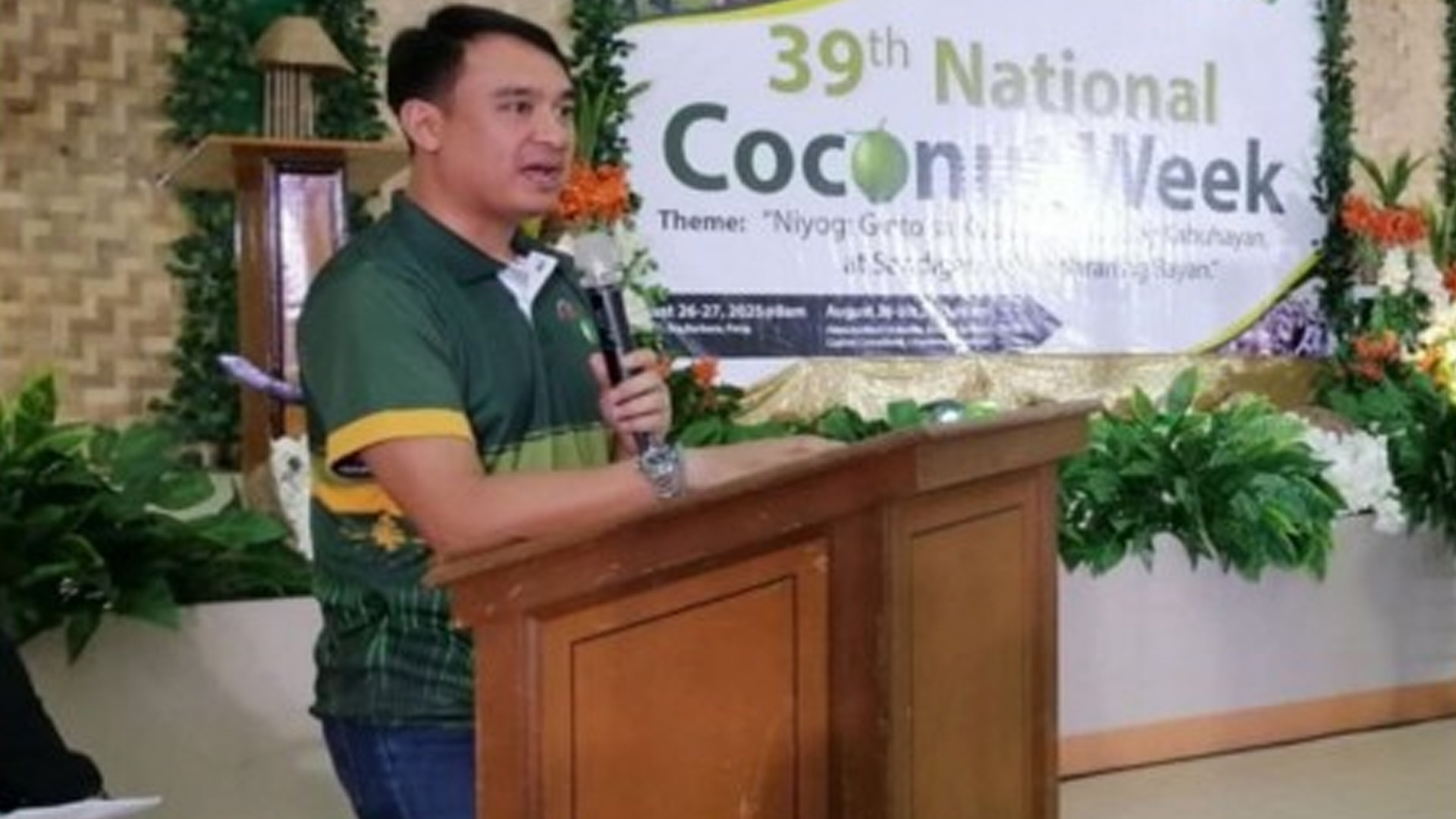The Philippine Coconut Authority (PCA) has identified Ilocos Region, along with Cagayan Valley and the Cordillera Administrative Region (CAR), as a special coconut zone that will serve as planting expansion area for the high-value crop.
PCA regional manager Mark Roy Macanlalay said this is one of the strategies to achieve its goal of not only increasing the coconut production but also achieving the goal of planting 100 million coconut palms until the end of the term of the President Ferdinand R. Marcos Jr.
“In Region 1, we have 900,000 coconut palms, bulk of the number is in Pagudpud, Ilocos Norte and Bolinao, Pangasinan. There are also 1.2 million in Region 2 and several hundreds in CAR. Still few against the 343 million coconut palms total in the country,” he said.
The PCA is also seeking partnerships with the local government units, he added.
“We are asking the LGUs to help us encourage coconut farmers since in Region 1, the focus is on cash crops like corn, rice, onions and other commodities while coconut was not given the chance,” he said.
The LGUs, he added, may establish their own coconut seeds farms and the PCA can provide planting materials.
Macanlalay said PCA is doing away with the dispersal system of planting materials for lack of assurance that these are being planted.
“We target group of farmers, whom we will teach the proper preparation. Before, the practice is just to put the seedling in the hole and that’s it. Coconut is resilient, yes it will grow but it will take about eight years before it will bear fruit,” he said.
Macanlalay said there is a proper way of planting coconut and it needs adequate water and fertilizer. With proper care and intervention, the fruiting stage will be hastened.
Part of their advocacy to expand coconut plantation is by trade fairs and dialogues with farmers.
“We are encouraging them to shift into cooperatives so they can engage in business, empower them, and they would not be dependent to traders,” he said.
Macanlalay said there are 15 implementing government agencies, including PCA, sharing with the fund from the Coconut Farmers Industry Development Fund and each has its role.
He said Region 1’s supply of coconut cannot meet the current demand, hence the need for more supply.
Macanlalay added that he would also want Pangasinan coconut farmers to be able to supply the needs of the province as a big bulk of the current supply is coming from Aurora and Cagayan provinces. (PNA)









